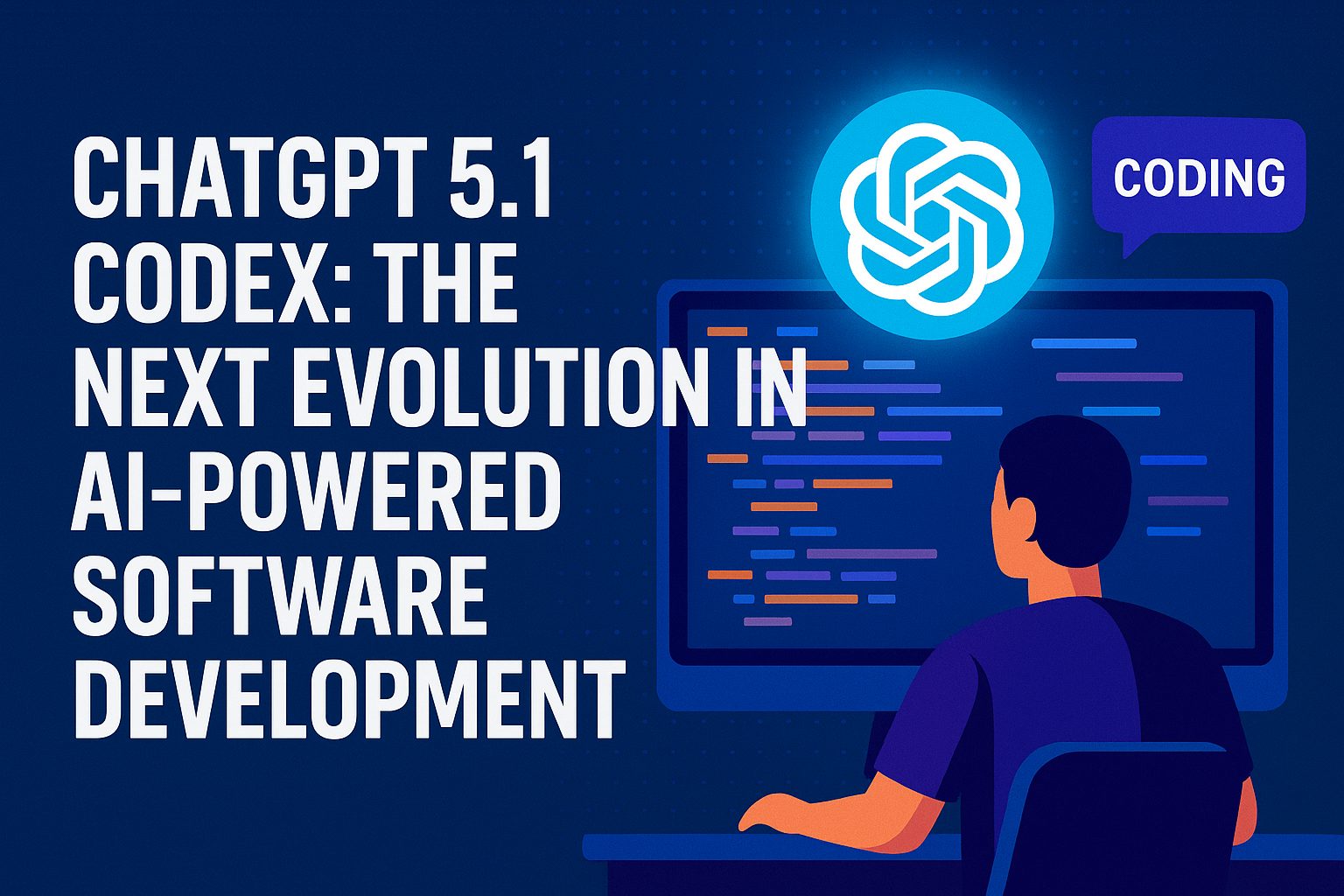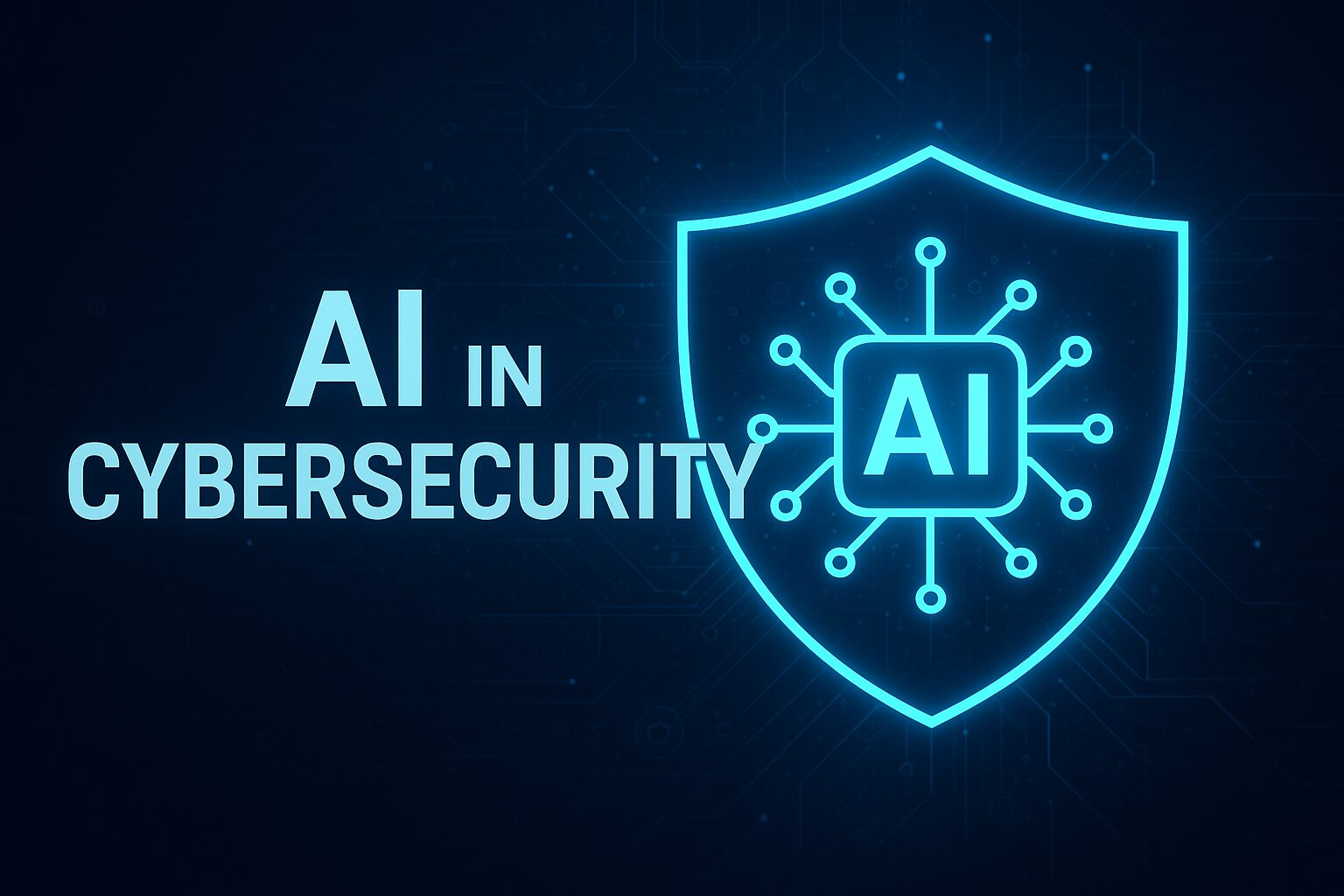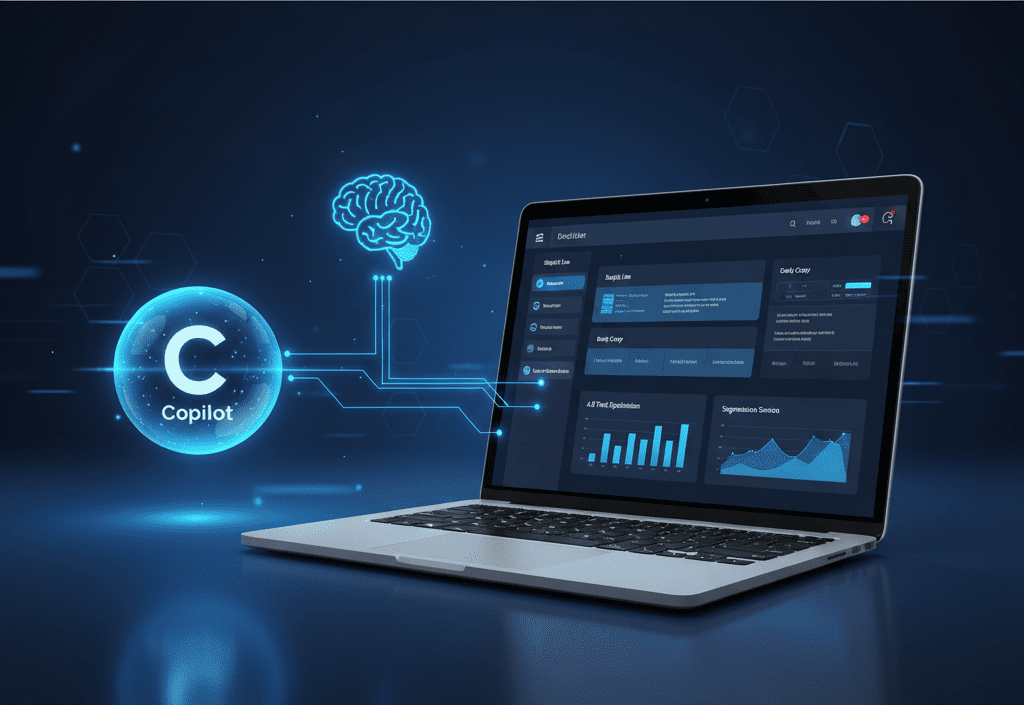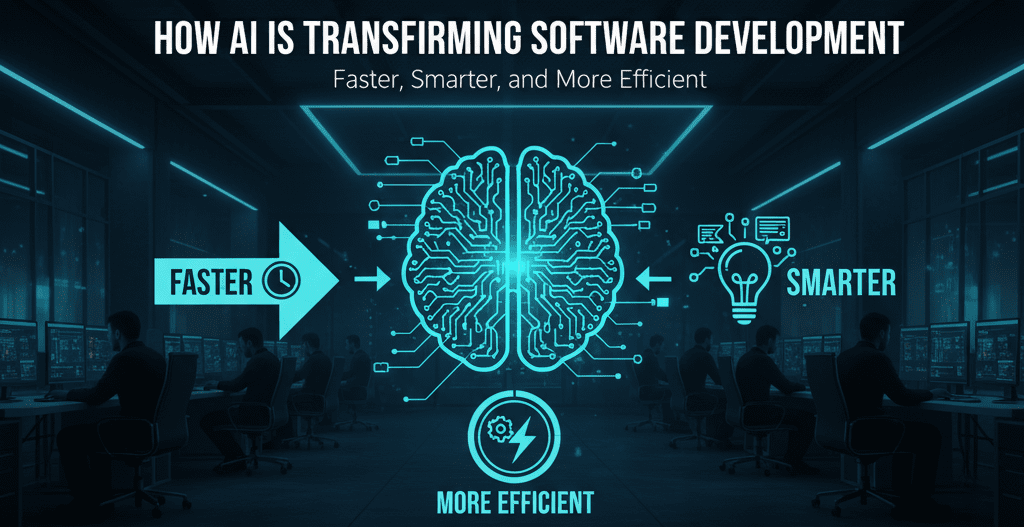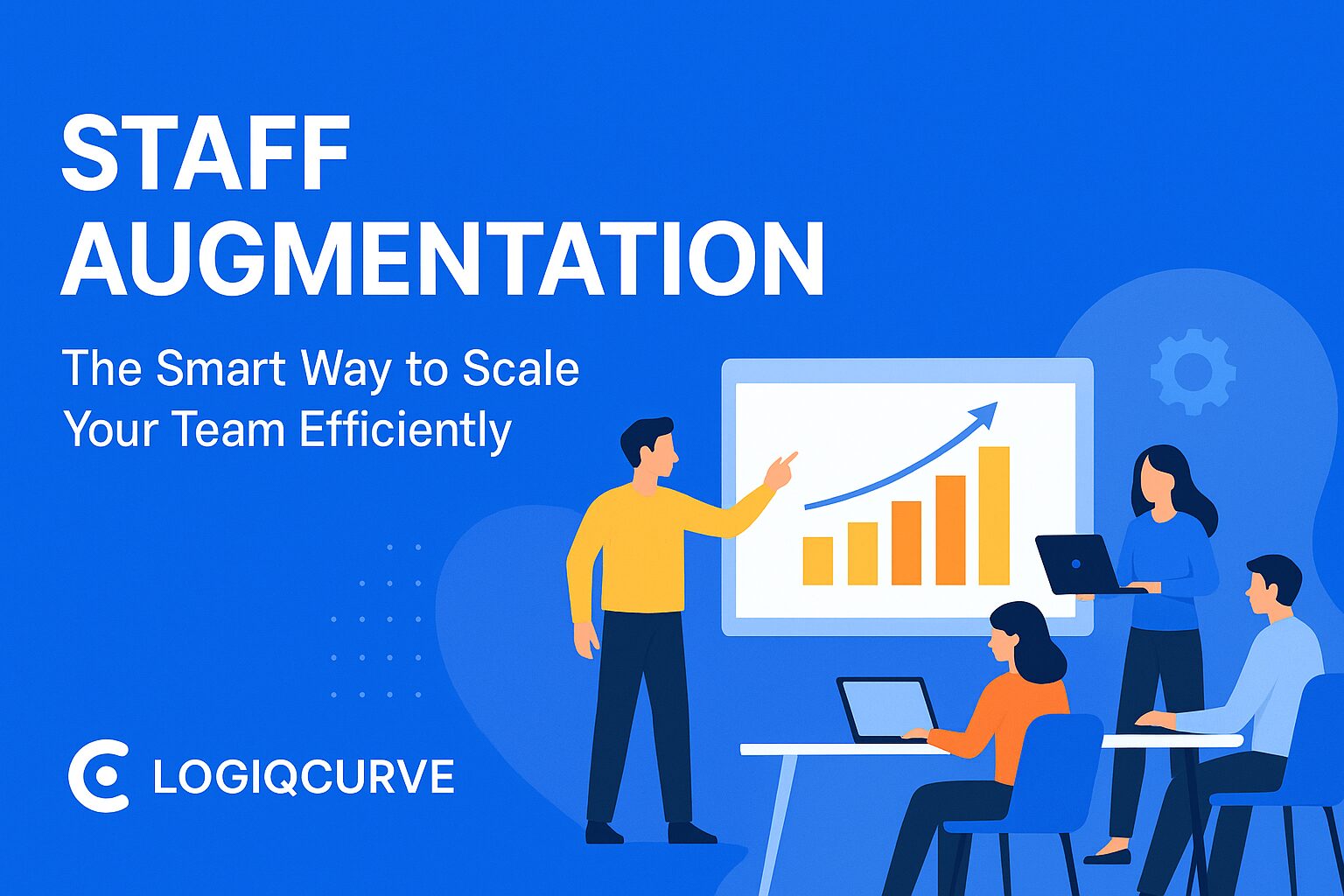Artificial Intelligence (AI) is becoming the backbone of modern government systems worldwide. Whether it’s improving public safety, simplifying paperwork, or predicting future challenges, AI is transforming how governments operate. But why is AI such a big deal in the public sector? Because it brings speed, efficiency, and accuracy—three things every citizen wants from their government.
Why Governments Are Turning Toward AI
Governments deal with massive amounts of data daily. From tax records to health reports, the information is endless. AI helps process this data quickly, uncover patterns, and support better decision-making. In simple words, AI makes government systems smarter, faster, and more reliable.
The Role of Digital Transformation in Public Administration
Most governments are already shifting from traditional systems to digital platforms. AI becomes the next component, making these systems more efficient by enabling automation, predictive analysis, and high-level accuracy.
Understanding AI in the Public Sector
What AI Means for Government Services
AI refers to machines or software that can think, learn, and make decisions. In government, this means automating repetitive tasks, predicting future trends, detecting fraud, and delivering accurate information fast.
Core Benefits of AI in Governance
- Faster service delivery
- Reduced paperwork
- Better decision-making
- Improved transparency
- Cost savings in the long run
Key Applications of AI in Government
AI for Public Safety
AI helps law enforcement analyze crime patterns, predict high-risk areas, and identify threats in real time. Surveillance systems with AI can detect unusual activities and alert officials quicker than human monitoring.
AI in Healthcare Systems
Governments use AI to monitor disease outbreaks, manage hospitals, and analyze health data. During pandemics, AI predicts infection rates and helps distribute resources effectively.
AI for Transportation and Infrastructure
AI-powered traffic systems reduce congestion, plan smart roads, and enhance public transportation. It helps governments monitor road conditions and manage emergency responses faster.
AI in Finance and Taxation
AI detects tax fraud, automates calculations, and improves budget planning. It can analyze millions of transactions within seconds, something impossible for humans to do manually.
AI for Environmental Monitoring
From predicting floods to tracking pollution levels, AI helps governments protect the environment and prepare for climate-related emergencies.
AI in Education Management
AI tools track student performance, help allocate educational resources, and support digital learning platforms.
AI-Driven Decision Making
Data Analytics for Policy Making
Governments make critical decisions based on data. AI analyzes large datasets and highlights trends, helping leaders create more accurate and impactful policies.
Predictive Models for Crisis Management
Whether it’s natural disasters or economic instability, AI can forecast potential crises and help governments plan preventive actions.
AI and Citizen Services
Chatbots for Public Support
Government websites now use AI chatbots that answer common questions instantly—no long waiting times or complicated processes.
Automating Paperwork and Approvals
AI speeds up processes like applying for IDs, licenses, or certificates by automating verification steps and reducing human error.
Personalized Public Services
AI tailors services based on user preferences, making interactions smoother and more efficient.
Challenges of Using AI in Government
Data Privacy Issues
Governments have access to sensitive data. Protecting that data from breaches is a major challenge when using AI.
Bias and Ethical Concerns
AI systems can sometimes produce biased results if the data they’re trained on is biased. Ethical guidelines are necessary to stop unfair treatment.
Lack of Skilled Workforce
AI requires technical experts, but many governments struggle to hire or train the right people.
High Initial Costs
Implementing AI is expensive at the beginning due to software, hardware, and training needs.
Risk of Overdependence on Technology
Relying too heavily on AI can reduce human involvement and judgment, which can be risky.
Making AI Implementation Successful
Training Government Employees
Proper training ensures employees understand AI tools and use them effectively.
Creating Ethical AI Frameworks
Governments must establish rules to ensure AI systems are fair, unbiased, and transparent.
Investing in Infrastructure
A strong digital infrastructure is essential for AI to function smoothly and securely.
Future of AI in Governance
Smarter Cities
AI will enable cities with smart traffic lights, intelligent waste management, and real-time public safety systems.
Fully Automated Public Services
In the future, citizens might get documents approved instantly without human involvement.
Transparent and Data-Driven Governance
AI will help provide real-time insights to the public, building trust and transparency.
Conclusion
AI in government is no longer a dream—it’s a powerful reality changing how nations function. With faster services, smarter decisions, and better public management, AI is shaping the future of governance. While challenges exist, thoughtful planning, ethical frameworks, and skilled teams can help governments use AI responsibly and effectively.


